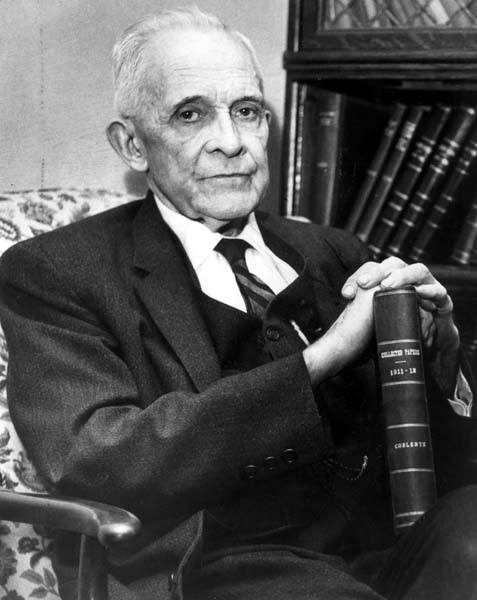W.W. Coblentz

William Weber Coblentz was born in 1873 and lived on a small farm near Poland, Ohio. He obtained a rudimentary high school education from Poland Union Seminary School and then went to study chemistry, physics, pattern making, and mechanical drawing at Rayen High School in 1894. During this time, he decided to become an engineer and attended the Case School of Applied Science in Cleveland, Ohio. During his studies, he changed his major to physics and earned a B.S. Degree in Physics in 1900. He earned a Master’s degree in 1901 and a Ph.D. in 1903. Both degrees were in Physics from Cornell University. For his graduate work, Coblentz built two infrared spectrometers.
Coblentz’s thesis advisor, Dr. Edward L. Nichols, urged Coblentz to devote his life to research and suggested he investigate the infrared spectra of “pure” compounds. Most infrared studies of the time had been done on essential oils and essences. He was thus appointed Research Associate of the Carnegie Institution in Washington and Honorary Fellow at Cornell. Coblentz undertook a comprehensive investigation in which he collected the infrared spectra of ~135 compounds. The results of the investigations were published by the Carnegie Institution in three volumes dated 1905, 1906, and 1907. Coblentz’ collection was the only significant collection of the time and stood as the standard for decades to come. In April 1905, Coblentz accepted a position at the fledgling National Bureau of Standards (NBS) under the direction of Dr. Samuel W. Stratton. He worked there until his retirement in 1945. During this time, Coblentz moved away from infrared investigations and devotes a majority of his efforts toward radiometry and astrophysical studies.
His honors include the Rumford Gold Medal of the American Academy of Arts and Science in 1937 and the Optical Society’s highest honor the Frederic Ives Medal/Jarus Quinn Award in 1945. Three characteristics of Coblentz research stand out and include the amount of work Coblentz completed, the accuracy and thoroughness of this work, and the vision and pioneering spirit of his efforts.
He died in 1962.
Document Created: 26 Jul 2023
Last Updated: 28 Aug 2023
